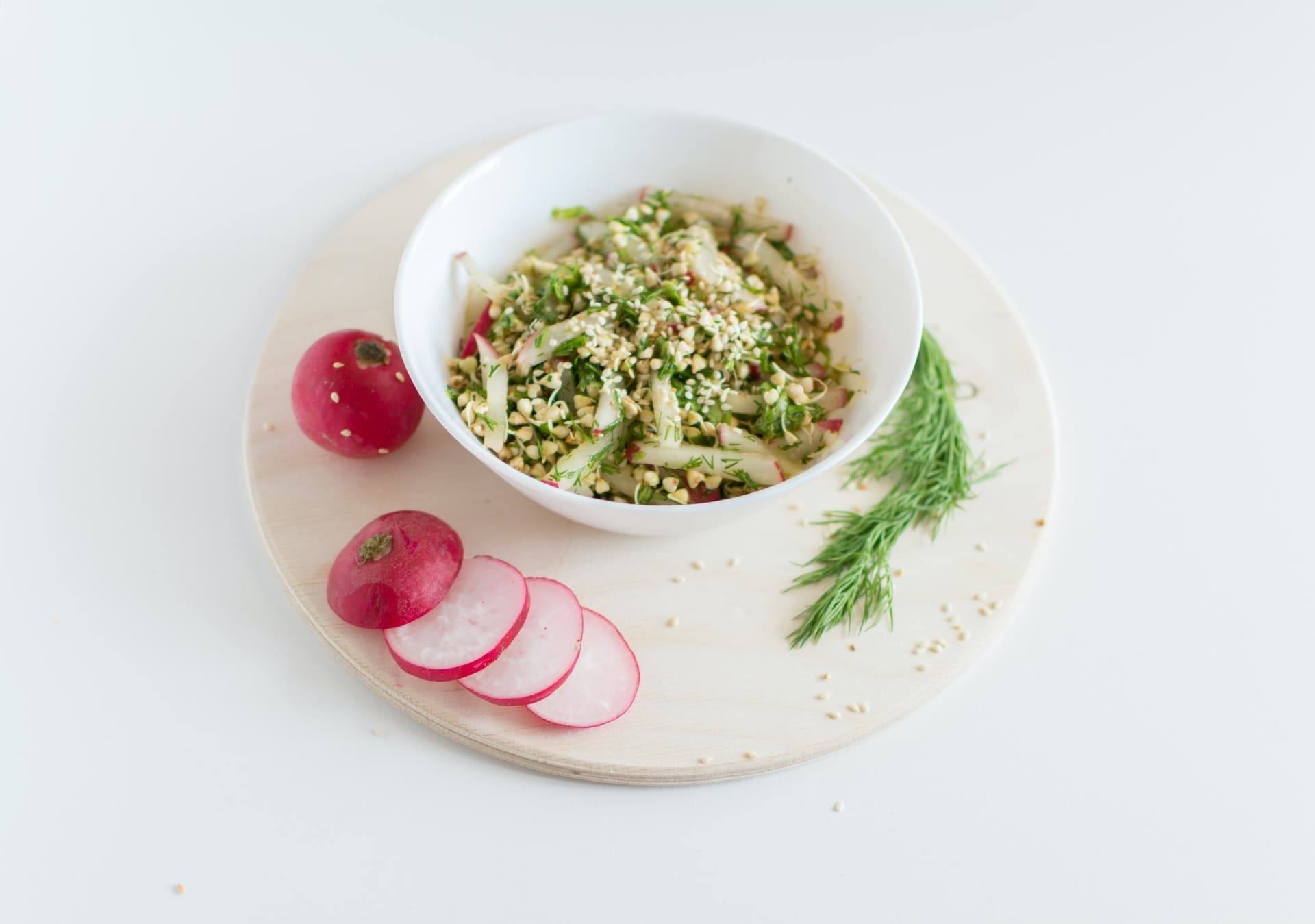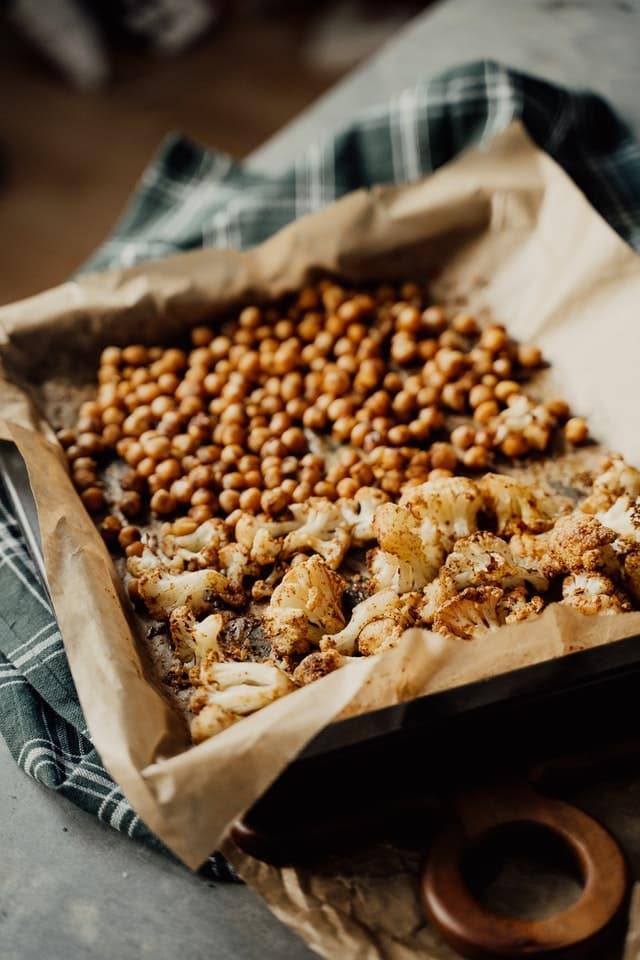How To Do Veganuary Properly
Veganuary attracted over 582,000 participants in 2021, a 44 percent increase over the previous year. After the 31-day challenge, 85 percent of participants said they permanently changed their diet by remaining vegan or at least halving their intake of animal products.
Giving up your favorite foods is a difficult task, but the Veganuary challenge is popular for a reason. According to the official campaign, 46 percent of people took the challenge to end animal suffering, 22 percent for health reasons, and 21 percent to protect the environment. Other motivations included a desire for a challenge or a change, as well as to support a friend or family member.
If you want to be one of the hundreds of thousands of people who will be there in 2022, go for it. However, as with eliminating any food group from your diet, going vegan necessitates some thought in order to remain healthy and committed. Read on to find out more.

Go Slow
First and foremost, go slowly. Prior to Veganuary, it's a good idea to gradually transition to a vegan diet. This will give your digestive system time to adjust to the likely increase in beneficial fiber. You could begin by eating vegan breakfasts for a week, followed by vegan lunches the following week, and so on.
If you can't begin your transition right away, remember that you don't have to push yourself too hard in the first month. Instead, use January to simply explore vegan options and look at the variety of great recipes available, such as enjoying a vegan corn chowder recipe. So many people are talking about it and sharing knowledge that you'll find it easier to find the information you need at this time of year.
Prepare To Succeed

Photo by Alesia Kozik from Pexels
It is critical that you properly prepare for your new way of eating. Setting aside some time for nutritional planning will help you get the most out of Veganuary and the benefits of a vegan diet. Making smart swaps, such as replacing animal products with alternative sources of nutrition, is essential for a smooth transition to a vegan diet.
A good way to make sure that you're getting the nutrients that you need is to use a tracking app such as Cronometer or My Fitness Pal in the beginning. This also helps you see which foods are more nutrient dense and which are lacking.
Stocking up on vegan foods is the first step because who wants to go hungry when their cupboards are stocked with foods they can't eat? Beans and pulses are an excellent place to begin. Chickpeas or lentils can be used in place of your usual protein source in a meal.
Get Your Nutrients
It's also important to ensure you are eating fruit and vegetables as you make the change to a vegan diet. Honestly, you should have been doing this already. This helps you be sure that you're getting all of the nutrients you need.
You don't necessarily have to stock up on fresh produce, which can be expensive and which can rot quickly, and cause a lot of waste. Frozen vegetables are just as nutritious as fresh vegetables, if not more so. Don't be afraid to include frozen spinach or berries in your meals, for example, for some added flavor and nutrients.
